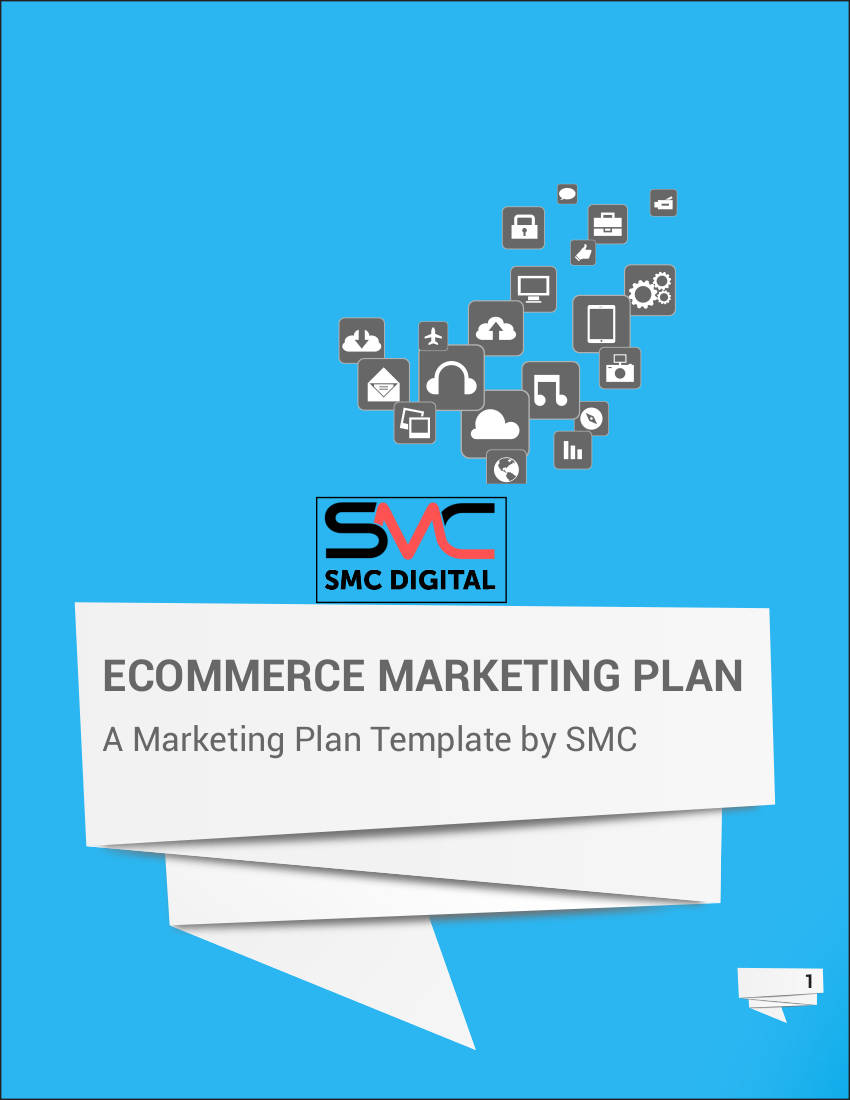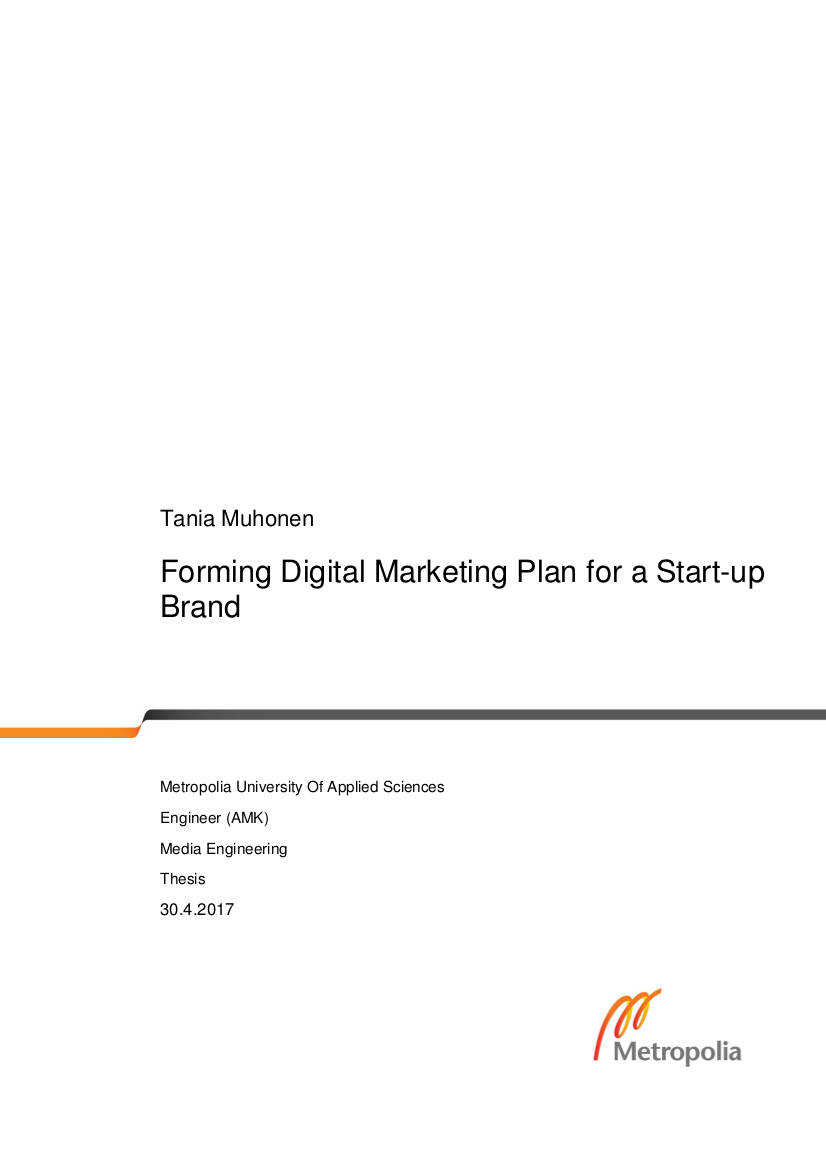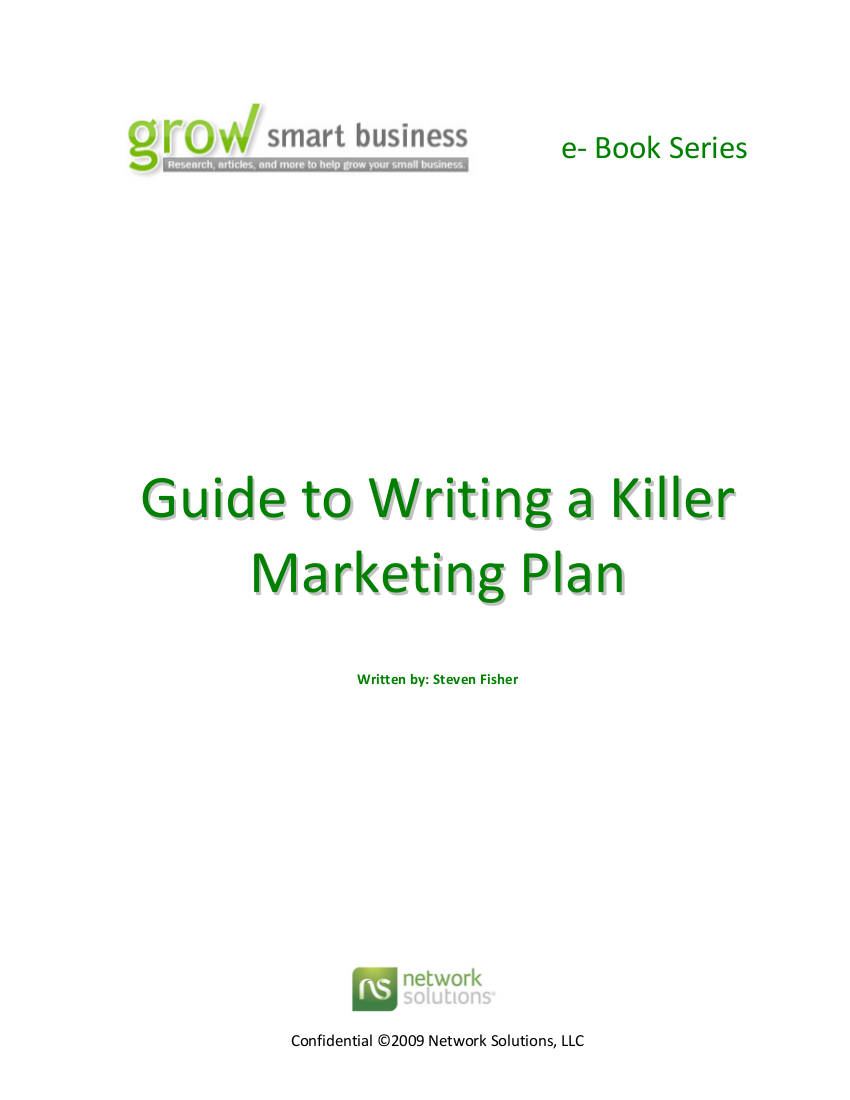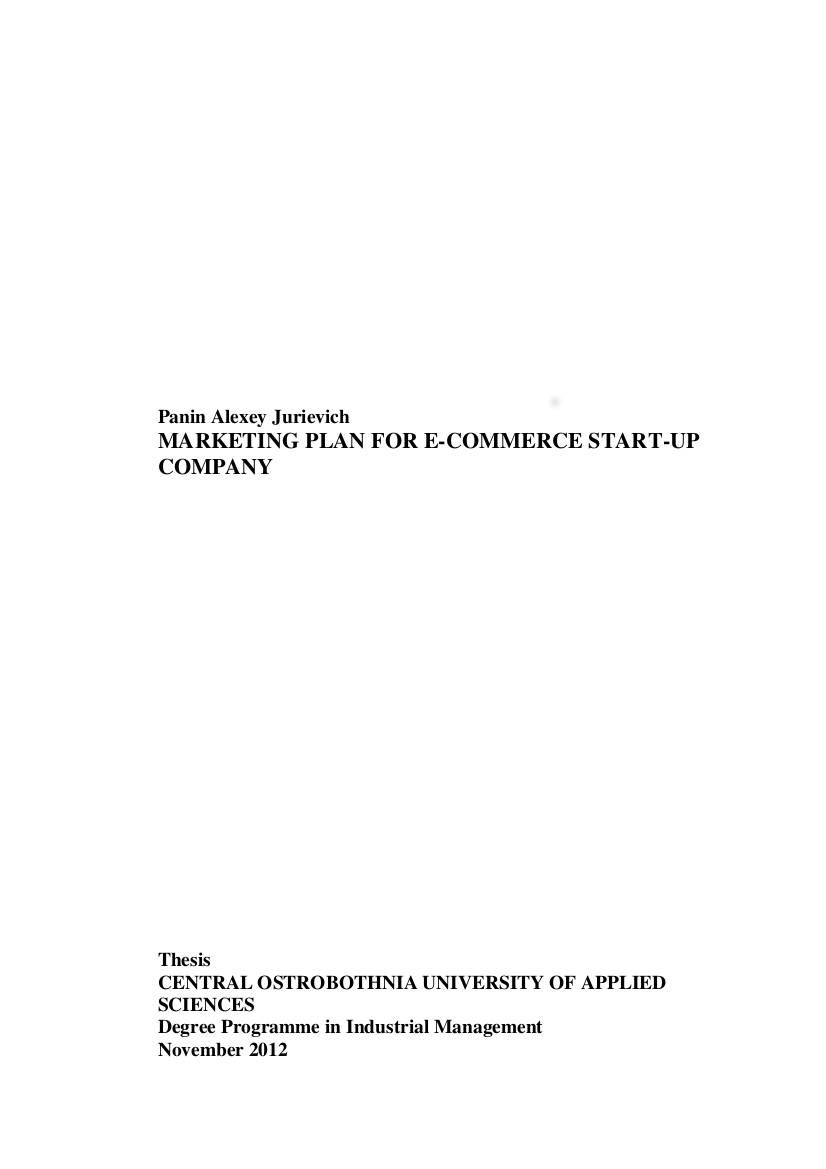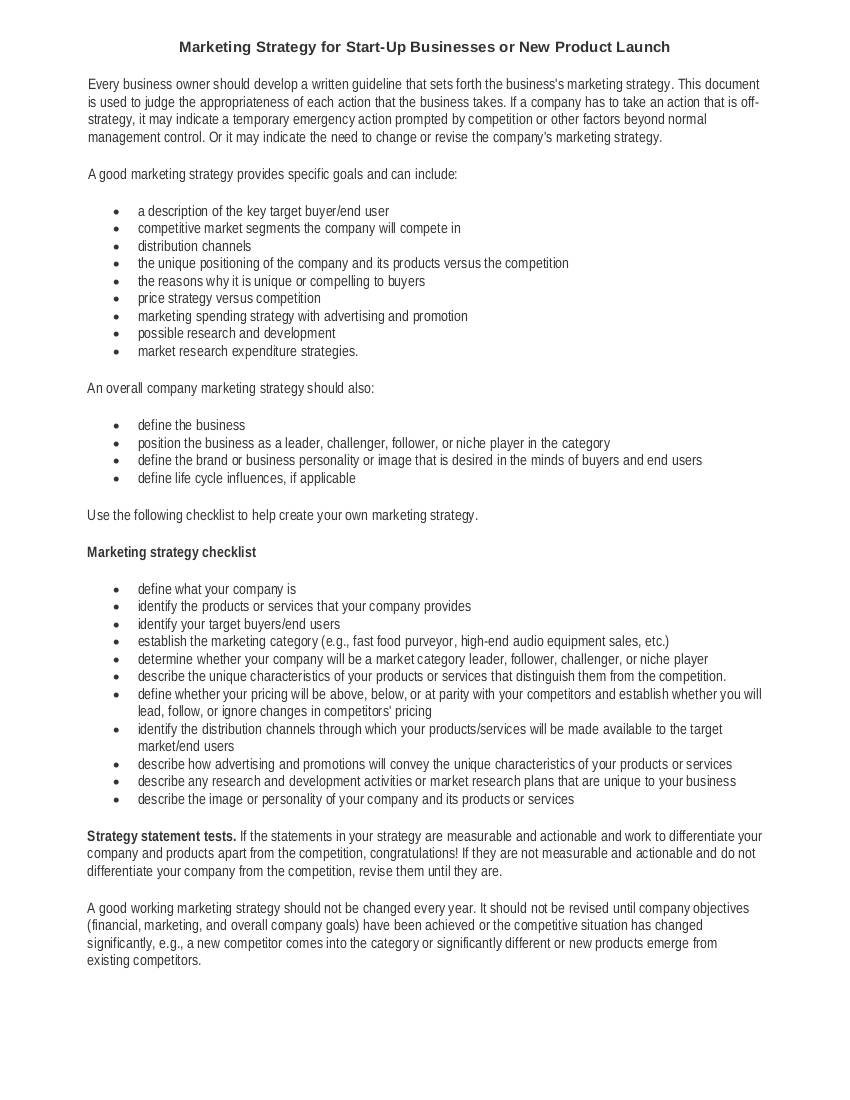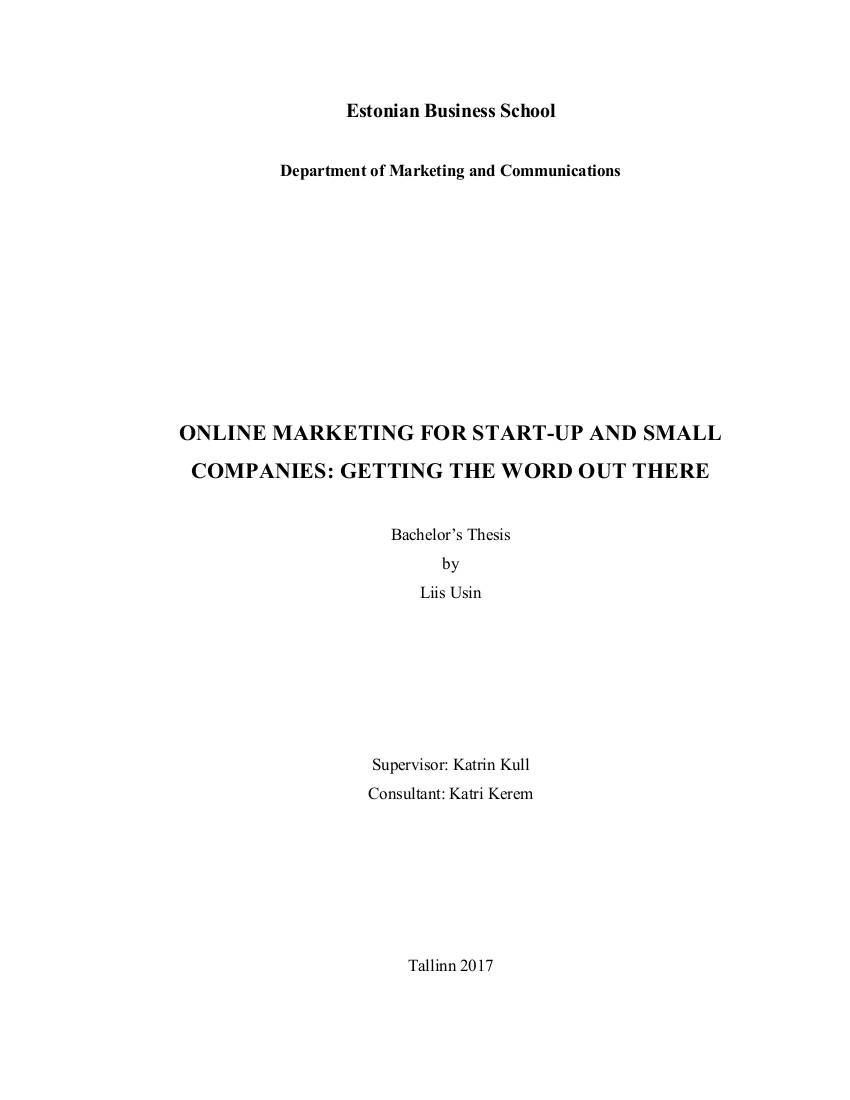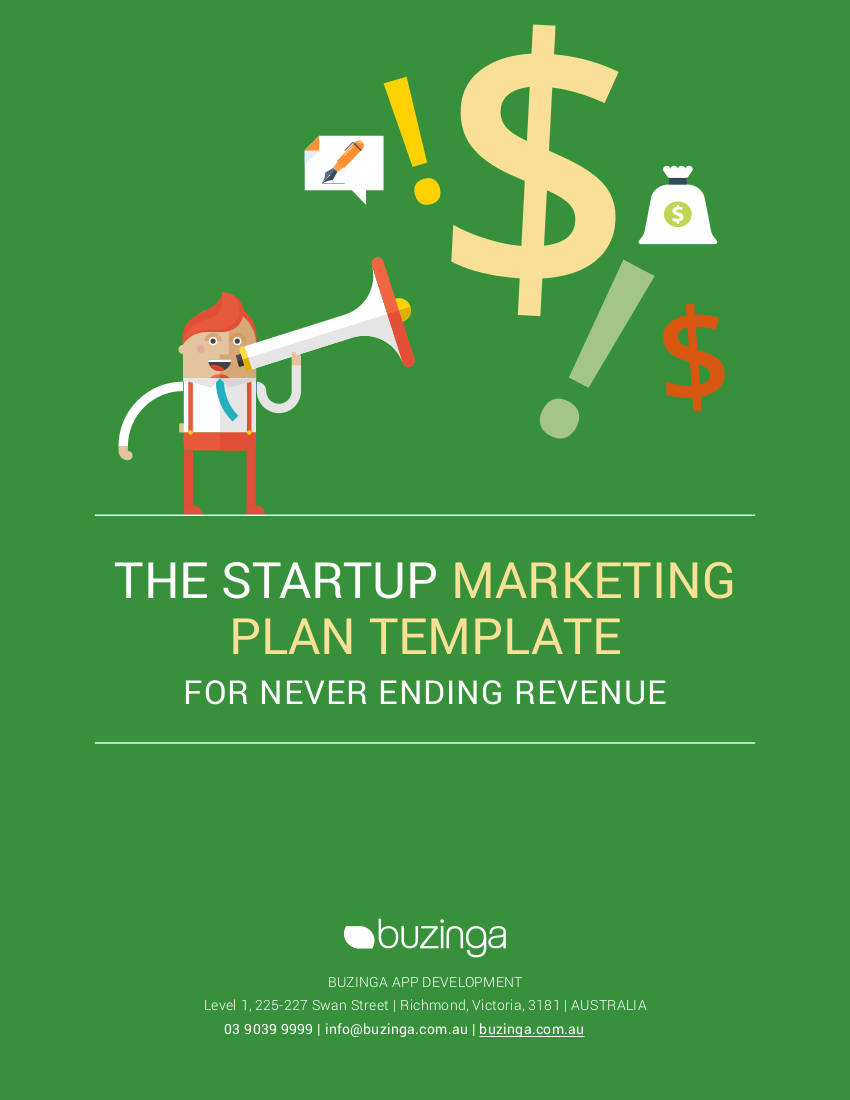8+ Startup Marketing Plan Examples to Download
Any business will succeed as long as it has an excellent approach to marketing. The only downside is that most startups and its founders have little to no experience when it comes to marketing, let alone planning for one. However, little do these business startups know that they can get the best of out of their business through an effective marketing plan. While they are millions of articles related to it that you can find on the internet, you can certainly make use of what we have written in this article as well as the startup marketing plan examples that we have included in here.

E-commerce Marketing Plan Template Example
Email Marketing Plan for an Online Educational Start-up Company
Formal Digital Marketing Plan for a Start-up Brand
Guide to Writing a Killer Marketing Plan
Marketing Plan for E-commerce Start-up Company
Marketing Strategy for Start-up Business or New Product Launch
Online Marketing for Start-up and Small Companies
Social Media Marketing Strategies for Web Start-ups
The Start-up Marketing Plan Template
Ways to Market Your Startup Business on a Tight Budget
Even if you have already launched your startup business, the real challenge comes when you are to go from zero customers to a crowd. While planning for your startup business may not be as difficult as getting customers, getting customers is as important because it is one of the factors that fuel the growth of your business. This is when your marketing efforts would come into play. However, when you are just starting out, chances are, you may not have allocated budget for marketing matters. But fret not for we have provided below simple ways you can follow to market your startup business even on a tight budget.
Invest in your startup business’ branding.
Investing in your brand does not involve you breaking the bank just because of the term “invest”. When investing in your brand, all you have to do is to give some real thought and time to your brand as well as the message you want to deliver. And to make it your best investment, make sure that you would always strive for consistency.
It is best to think of your business’ branding before you would even start operating because it will then be easier for you to market your brand since you already know who you are, who your target customers are, what your brands represent, and what is the message you are trying to send to your target customers.
You can consider this method as a way you can build an entirely simple marketing roadmap that could help you successfully market your startup business. However, if you have already launched your business without giving much thought to your branding, then right after reading this article, immediately schedule to do this as soon as possible. It is not yet too late for you and knows that in the long run, you will benefit greatly from all your marketing efforts since it would eventually help you save time and other resources, particularly money.
The times have changed but not the power of the word of mouth.
Sure, the power of digital media is here to stay and continue to be of use as a way people would market their businesses but it could never replace the power of word of mouth.
When you interact with your first customers make sure that you would genuinely interact with them because it is in this way that you will be able to generate feedbacks directly from them. It displays good service that even your best products alone could not achieve. If you are able to do this and that your customers are impressed by both your product and service, then you could already expect that they would be spreading the word to their family and friends.
If you treat your first customers poorly and badly, then expect that the people’s word about you will also be equally poor and bad. It is in making your customers, especially your first few ones, happy because whatever words they say about your startup business could make or break the success of your business.
Have a website for your startup business? Consider SEO.
You might have seen this abbreviation loads of times and this just means that those were actually the signs that you should be applying it on your startup business’ website. No matter how beautifully done and user-friendly your website is, it will still be good for nothing especially if you have not yet factored in SEO.
SEO, or Search Engine Optimization, enables your website to become on top of every search engine ranking. So basically, when people would type in the name of the website of your startup business, it would come out on top of the search results.
On social media? Make every post matter.
You are lucky enough to have started a business in this time and age wherein the internet, or the social media, which is one of the best and cheapest media where you can advertise your startup business. Even if social media is not highly suggested by established business out there, it cannot be denied that marketing your brand through the use of social media requires consistency, dedication, and focus.
Every post you create on your social media account presence can actually make or break the success of your social media brand presence that is why you should make sure that you would never take your social media posts for granted for it can really matter to your potential and even existing customers.
We hope that you have gained an insight or two with the help of this article. Should you want to read more articles on more marketing plans, you may also be interested in strategic marketing plan template examples.


